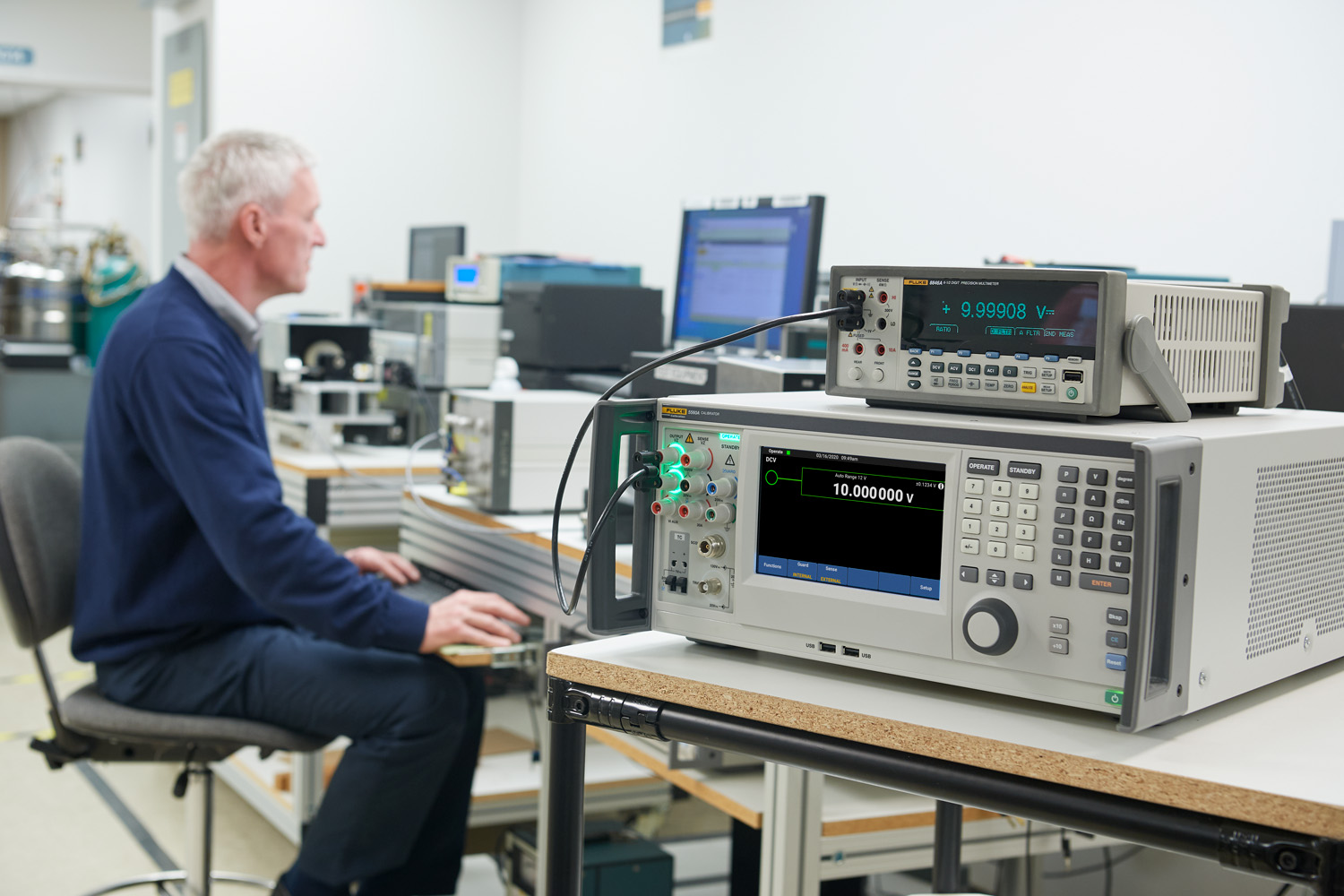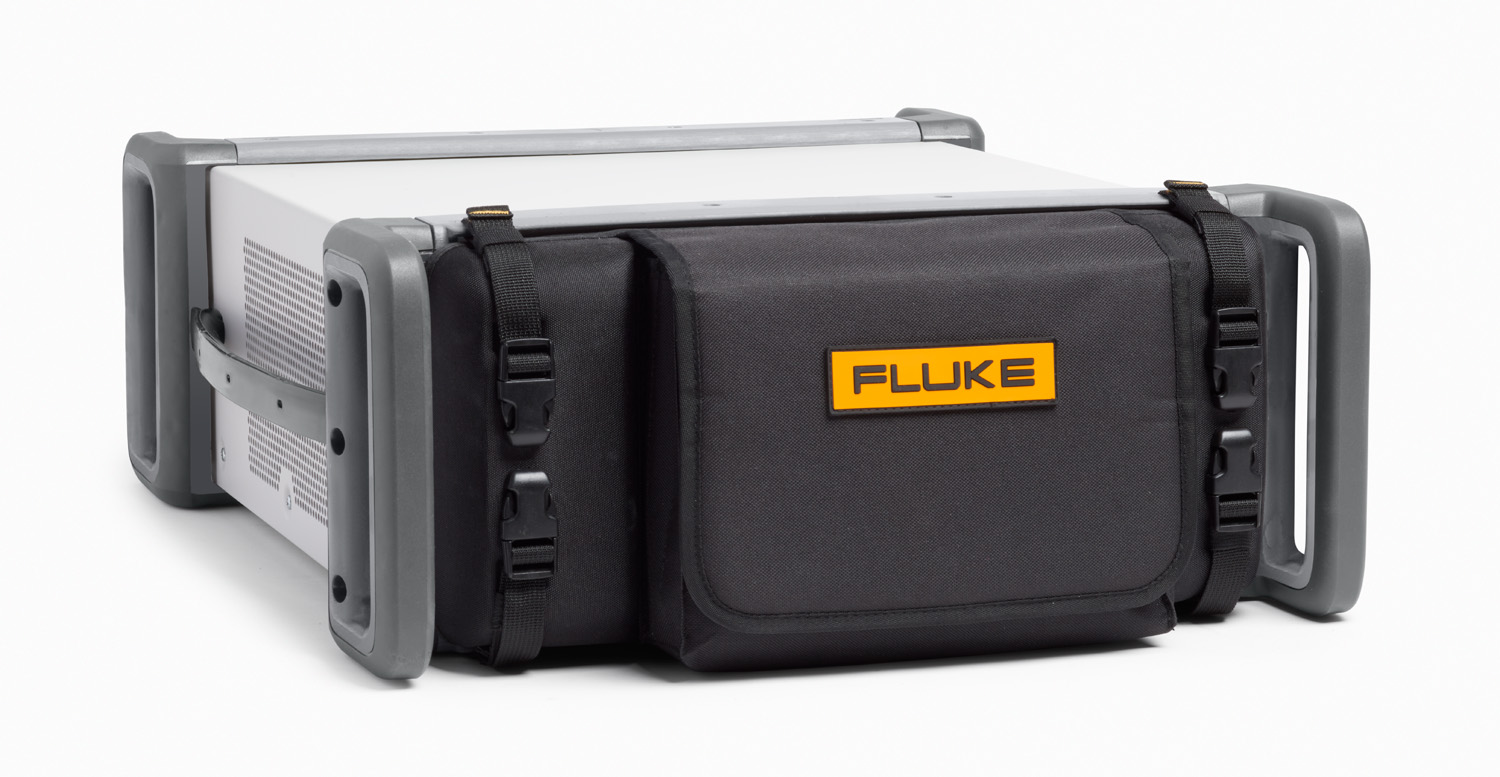- Other Fluke companies:
- Fluke
- Fluke Biomedical
- Fluke Networks
- Fluke Process Instruments
Best practices for your mobile calibration services
When it comes to mobile calibration services, Murphy’s Law tends to be in full effect: what can go wrong will go wrong.
“During my time as a mobile calibration technician, I cannot recall a specific instance where the asset list communicated by the customer was entirely accurate. The list mirrored the plan a little bit, but there's always a couple of extras that were hiding in somebody's toolbox, unexpected repairs, or some equipment was lost. So, you really must be prepared for anything.” – Heather Ryan, Fluke Calibration Inside Sales Account Manager and former mobile calibration professional

The best way to deal with the unexpected is to walk in as prepared as you possibly can be.
- Communicate with your customers to make sure the location has a space set up to complete the needed calibrations.
- Build out asset lists and know what types of calibrations you need to do before you arrive.
- Load your equipment based on the asset list and knowledge you have.
- If you can, be prepared to handle additional assets that may not have made it on the list.
- Prep your calibrators and PC based on the work you’ll be doing.
- Download the procedures you are going to need onto your PC before you leave.
- Have clear and concise before and after data so there is no question once you return to the lab for your manager to review.
Best practices for transporting calibration equipment
Transporting calibration equipment can be a delicate process. It requires careful planning and transportation to ensure the equipment arrives undamaged and ready to use. Follow these best practices for loading and transporting your equipment:
1. Make a list of the equipment and materials you’ll need.
This may include calibration standards, tools, test equipment, spare parts (batteries), a laptop, label maker, and safety equipment. You should include any PPE your customer requires so you can always be safe.
Note: MET/TEAM software can easily print an asset list to help with this step.
2. Secure the equipment in a van.
Use straps or other securing tools to prevent the equipment from moving during transport. If possible, use a van where you can have storage bins, shelves, or racks so each piece of equipment has a proper, secure location. This helps to minimize the risk of damage caused by impact or vibration.
Note: Protect your equipment with a CarePlan so you can reduce downtime and save yourself both time and money if an instrument does get damaged.
- Look for calibrators with portability kits.
The 55X0A Multi-Product Calibrators have portability kits that provide ruggedized handles and bumpers, including protection for the front panel. It also includes a cover that acts as storage for cables and accessories so you can easily pick up the calibrator and go.

- Use transit cases.
If you can’t find a portability kit, try to secure everything you can in transit cases. While they can be quite heavy and cumbersome, they will keep your calibrator safe during transport for mobile calibration services. Keep the unloading part of the process in mind if this is the best option. You may need to have a plan for extra help carrying the transit case or pulling the calibrator out on-site.
3. Label the equipment.
Clearly label each item with its name, serial number, and any other information you might need. This will make it easier to track the equipment and find what you need as you’re working.
4. Use a climate-controlled vehicle.
Temperature and humidity can affect the performance of your calibration equipment, so it's important to transport it in a climate-controlled environment whenever possible.
5. Have a backup plan.
Despite careful planning, sometimes things can still go awry. Have a backup plan in place in case anything is lost or damaged during transport. Whether that means having spare equipment available or just a contingency plan for re-calibrating equipment that has been affected by transport conditions, it’s best to be prepared.
Recommended Products
Related Resources
- Início
- Produtos
- Novos Produtos
- Calibração elétrica
- Calibração de RF
- Equipamento de aquisição de dados e de teste
- Calibração de temperatura
- Calibração de umidade
- Calibração de pressão
- Medidores de pistão
- Controlador/Calibradores
- Monitores de pressão
- Balanças de peso morto
- Calibradores manuais e monitores
- Handheld Pressure Calibrators
- Calibração de dados de aéreos
- Monitores ambientais
- Acessórios de calibração de pressão
- Sistemas personalizados de calibração de pressão
- Software de calibração de pressão
- Calibração de fluxo
- Ferramentas de Calibração de processo
- Software de calibração
- Serviço e suporte
- Todos os instrumentos de calibração
- Onde Comprar
- Notícias
- Treinamento e eventos
- Literatura e educação
- Serviço e Suporte
- Service Request (RMA)
- Planos de Serviço
- Suporte técnico
- Base de Conhecimento
- Acreditações
- Centros de assistência autorizados
- Calibration Certificates
- Community Forum
- My MET/SUPPORT
- Manuais de produto (Guias de usuário)
- Folhas de Dados de Segurança (SDS)
- Safety, Service, and Product Notices
- Downloads de software
- Sobre Nós


